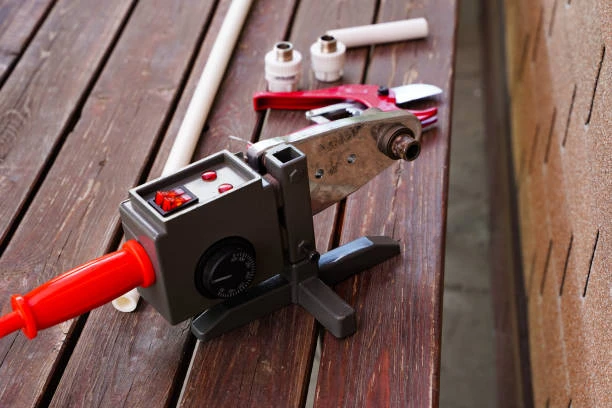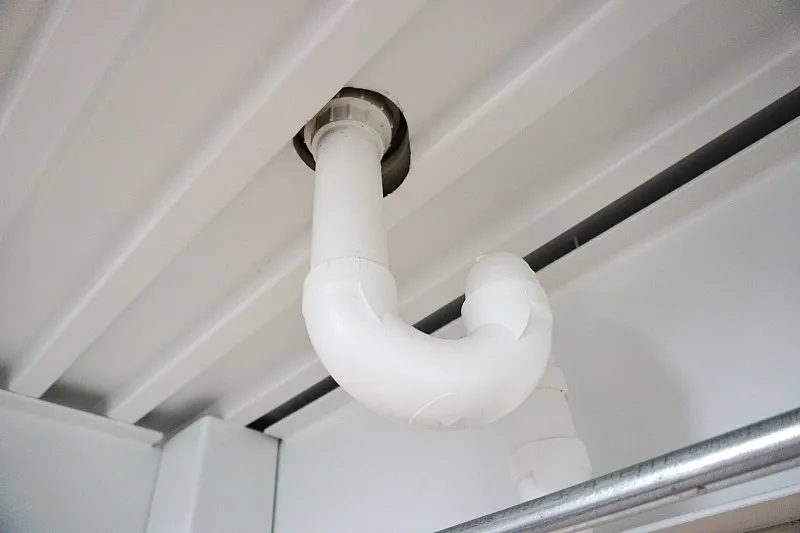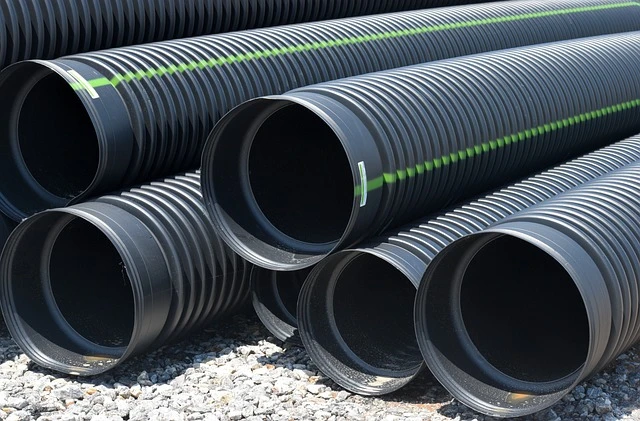PPR pipes (Polypropylene Random Copolymer) have gained significant popularity in plumbing systems due to their lightweight, corrosion-resistant properties. However, despite their advantages, bursting can still occur in PPR Pipe fittings, leading to costly repairs and water damage. Understanding the reasons behind these failures is crucial for anyone involved in plumbing design, installation, or maintenance.
What Are PPR Pipes?
PPR pipes are synthetic pipes used in a variety of applications, including hot and cold water systems, irrigation, and industrial processes. Their seamless construction provides excellent flow characteristics, making them ideal for fluid transport. PPR is also lightweight and easy to install, but these benefits can be negated if proper precautions aren’t taken.
Common Causes of Bursting in PPR Pipe Fittings
Pressure Fluctuations
One of the most common reasons for bursting in PPR fittings is pressure fluctuations. Sudden changes in water pressure can create shock waves within the pipe system, leading to stress on the fittings. When the pressure exceeds the rated capacity of the fittings, they can crack or burst, causing significant leaks.
Temperature Variations
PPR pipes are sensitive to temperature changes. High temperatures can cause the material to soften, while extremely low temperatures can make it brittle. If PPR fittings are subject to rapid temperature changes, they may not expand or contract uniformly, leading to stress and potential failure.
Poor Installation Practices
Installation plays a critical role in the longevity of PPR pipe fittings. Common installation mistakes, such as improper alignment or insufficient support, can create weak points that are prone to failure. Ensuring that fittings are installed correctly and securely can help mitigate this risk.
Aging and Wear
Like any material, PPR pipes have a lifespan. Over time, exposure to UV rays, chemicals, and fluctuating temperatures can degrade the material. Signs of aging, such as discoloration or brittleness, should be monitored closely to prevent unexpected bursts.
The Role of Quality in PPR Fittings
Not all PPR fittings are created equal. The quality of the raw materials and the manufacturing process can significantly affect the performance of PPR pipe fittings. High-quality fittings are design to withstand pressure and temperature changes, whereas lower-quality options may fail prematurely.

Preventive Measures to Avoid Bursting
Regular Maintenance
Routine inspections of your plumbing system can help identify potential issues before they escalate. Look for signs of leaks, corrosion, or physical damage. Regular maintenance can extend the life of PPR fittings and help prevent bursting.
Correct Installation Techniques
Proper installation is key to preventing failures. Always follow the manufacturer’s guidelines for installation, and consider hiring a professional if you’re unsure about the process. This can ensure that the fittings are securely attach and that the entire system is functioning as intended.
Monitoring Water Pressure
Installing pressure regulators can help maintain consistent water pressure within your plumbing system. Sudden spikes can be mitigated, reducing the risk of burst fittings. Regularly checking the pressure and making adjustments as needed can save you from future headaches.
Temperature Control
To ensure the longevity of PPR fittings, it’s crucial to control the temperature of the water flowing through the pipes. Avoid subjecting the pipes to extreme temperatures and consider insulating them in colder climates to prevent brittleness.
The Importance of Professional Assistance
When dealing with plumbing systems, especially those that utilize PPR pipes, it’s wise to consult with professionals. They can provide insights on the best practices for installation, maintenance, and troubleshooting. This can be particularly valuable if you’re facing recurring issues with bursting fittings.
Conclusion
PPR Pipe fittings offer numerous benefits, but they are not without their challenges. By understanding the common causes of bursting and implementing preventive measures, you can significantly enhance the durability and reliability of your plumbing system. Regular maintenance, proper installation, and monitoring of conditions will ensure your PPR pipes serve you well for years to come.
Additionally, staying informed about the latest industry standards and advancements in PPR technology can help you make better choices for your plumbing needs. With proactive care and attention, you can avoid costly repairs and ensure that your plumbing system remains efficient and trouble-free for the long term.
FAQs
1. What should I do if my PPR pipe bursts?
Immediately shut off the water supply to prevent further damage. Assess the situation and consider calling a professional plumber for repairs.
2. Can PPR pipes be repaired if they burst?
Yes, in many cases, PPR pipes can be repaired using specialized fittings or adhesives designed for plastic materials.
3. How can I prevent my PPR fittings from bursting?
Implement regular maintenance, ensure correct installation techniques, monitor water pressure, and control temperatures to minimize risks.
4. What are the signs of a failing PPR fitting?
Look for leaks, cracks, discoloration, or unusual noises from your plumbing system as indicators of potential failure.
5. Are there specific temperature limits for PPR pipes?
Yes, PPR pipes generally have a maximum temperature limit around 70°C (158°F). Always refer to the manufacturer’s specifications for your specific pipes.


















